Corporate spin-offs are not an uncommon thing to happen in the world of business. Spinning off a company is a type of corporate strategy usually done to raise profits in the long run.
While spin-offs are not unusual to happen to businesses — especially those which have higher income potential, whenever a spin-off occurs, it’s still a big movement within a company’s operations nonetheless.
A corporate spin-off is generally defined as when a company splits off a part of its business to create a separate business or entity from the original. This independent business is usually separated from the company to realize larger and more sustainable revenue and earnings.
Expectedly, this spin-off company would have its management, among other organizational structures and departments, that make sure the business can run smoothly.
However, the common practice is that the parent company is expected to continue supporting the spin-off company even after the separation has been implemented.
Primarily, the parent company will still be able to financially sustain the spin-off company. Additionally, the spin-off business can retain the branding and original image of the parent company as well.
There have been many spin-offs in the corporate world for quite some time now — and from different industries and sectors. On top of that, these spin-offs have had different outcomes and different strategies for their approach to spinning off their operations. Here are some of the largest corporate spin-offs in history.
20. Medtronic Spin-Off

The medical device company Medtronic announced last 2022 that it was spinning off two of its smaller businesses to improve its revenue growth. The move will also help streamline the current portfolio of industries that Medtronic is involved with.
The two spin-off businesses are related to patient monitoring and respiratory intervention. The spin-offs — which have more than 8,000 employees worldwide — have contributed a combined amount of $2.2 billion to Medtronic’s total financial records.
19. Danaher Introduces Veralto Corp.

In 2023, the Fortune 500 science company Danaher introduced its plans to establish its spin-off company Veralto. To be created in the fourth quarter of this year, Veralto will take charge of Danaher’s EAS (Environmental and Applied Solutions) sector. Veralto is expected to pick up from the huge revenue growth of EAS, which currently sits at an estimated $4.8 billion and has an employee population of around 16,000.
18. Labcorp Spin-Off

The life sciences company Labcorp announced its intentions to create a spin-off business called Fortrea. Fortrea is being geared towards a focus on the clinical development operations of its parent company — especially in the development of comprehensive drugs and medical devices. As a global CRO (Contract Research Organization), Fortrea will provide solutions for biotech and pharmaceutical companies all over the world.
17. 3M Spins Off Healthcare Business

The multinational company 3M has been planning to create a spin-off business in its healthcare sector by the end of 2023. The division of 3M’s businesses will lead to the creation of an independent company that is solely focused on the healthcare specialties of 3M.
Under this new spin-off, the healthcare business would revolve around wound care, oral care, and healthcare IT. The new spin-off business is expected to increase the efficiency of 3M’s healthcare sector, which has earned around $8.61 billion in sales as of 2021.
16. Split of Kellogg

The snack giant Kellogg announced the creation of three spin-off companies last 2022. The business move by Kellogg will split off its North American cereal and plant-based food sectors, which will result in the creation of three independent companies. Despite the major shift in operations, Kellogg is still expected to maintain its profitability even with the spin-off companies in place.
15. J&J creates Kenvue

The medical industry giant Johnson & Johnson, or ‘J&J’ for short, announced its intentions to create a spin-off company by the name of Kenvue. Focusing on the consumer health business aspect of J&J, Kenvue is expected to be the new controller of J&J’s huge catalog, which includes product lines such as wound care, skin, beauty, and over-the-counter medicines.
14. General Electric Splits into 3 Companies
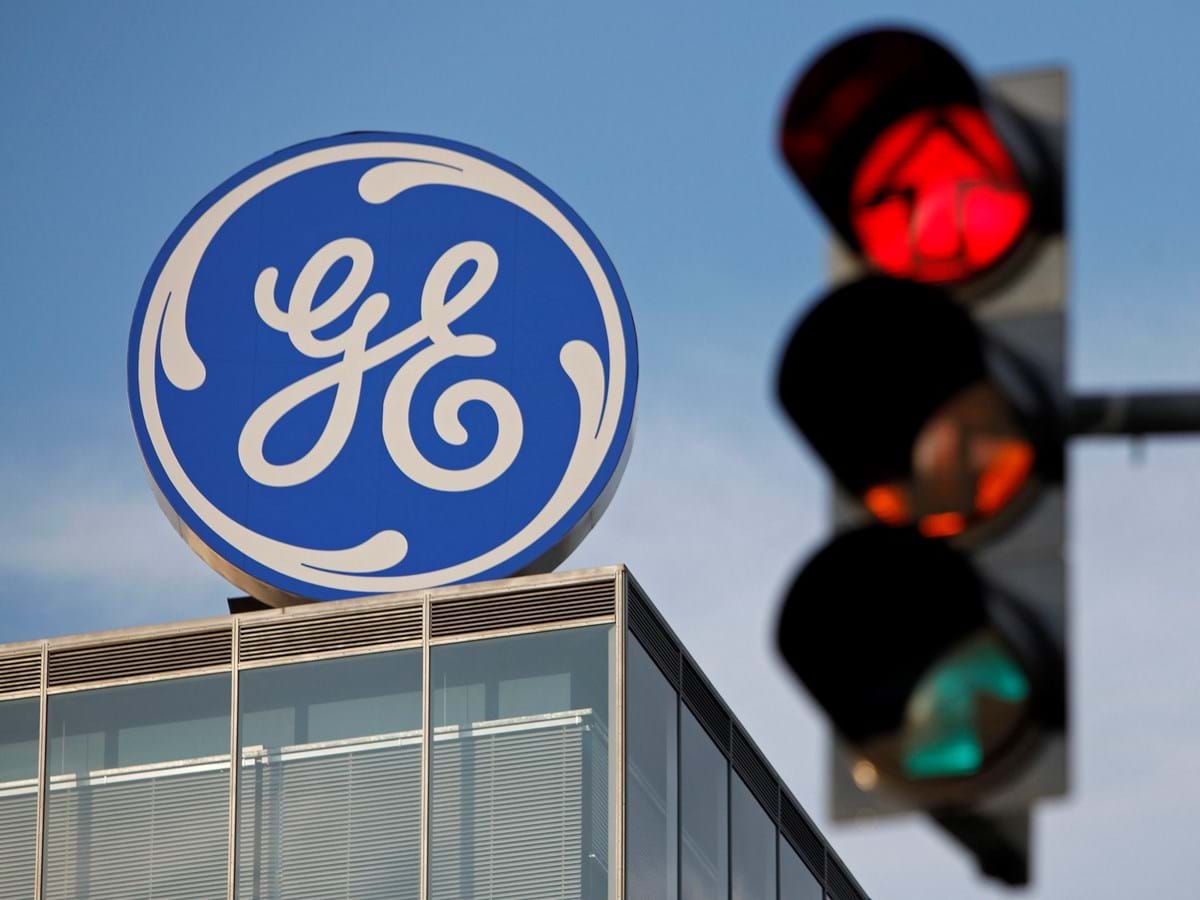
The energy company General Electric is gearing up to split its company into three spin-off businesses after its stock continued to drop lately. General Electric will be splitting its aviation, health care, and energy businesses into independent companies.
The move is General Electric’s attempt to better optimize its capital allocation and to make its operations more flexible amidst the changing demands of the market. The spin-off move by General Electric is estimated to cost around $2 billion in total.
13. United Technologies’ Carrier and Otis Splits
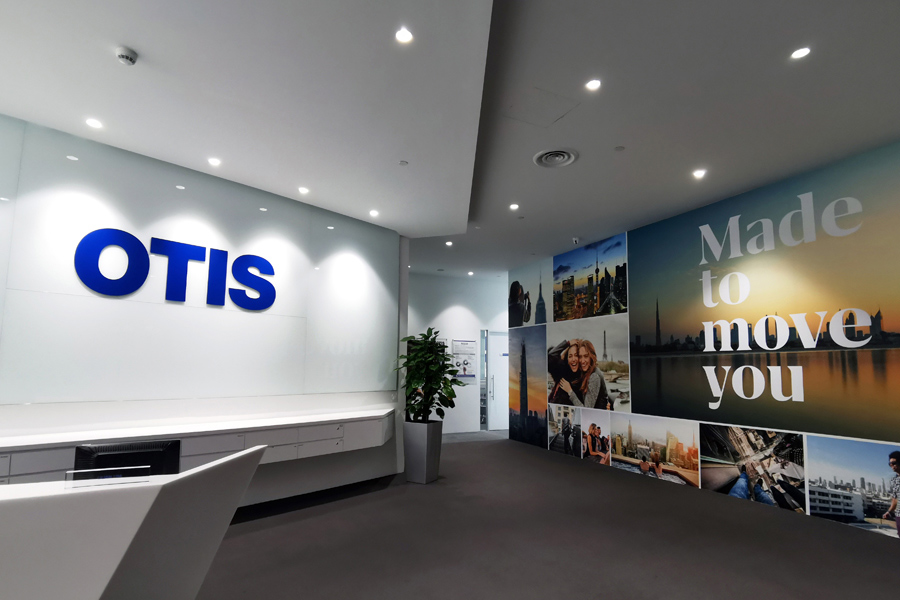
The multi-industry company United Technologies announced that it was going to split off the companies Carrier and Otis from its core operations. The Board of Directors of United Technologies had approved the separation of the companies, which was pitched as early as 2018.
Otis will continue its manufacturing operations concerning elevators and escalators. Similarly, Carrier will also retain its manufacturing of refrigeration, ventilation, and air-conditioning products — among many other product lines.
12. IBM and Kyndryl

The technology giant IBM announced in 2021 that it had completed the creation of Kyndryl, its spin-off company for its managed infrastructure services business. At the moment, Kyndryl claims to be the largest IT infrastructure provider in the world. And while Kyndryl continues to grow in size with several new partnerships and services in store, its parent company IBM finally decided to separate the company as a spin-off business.
11. Viacom and Viacom Inc.
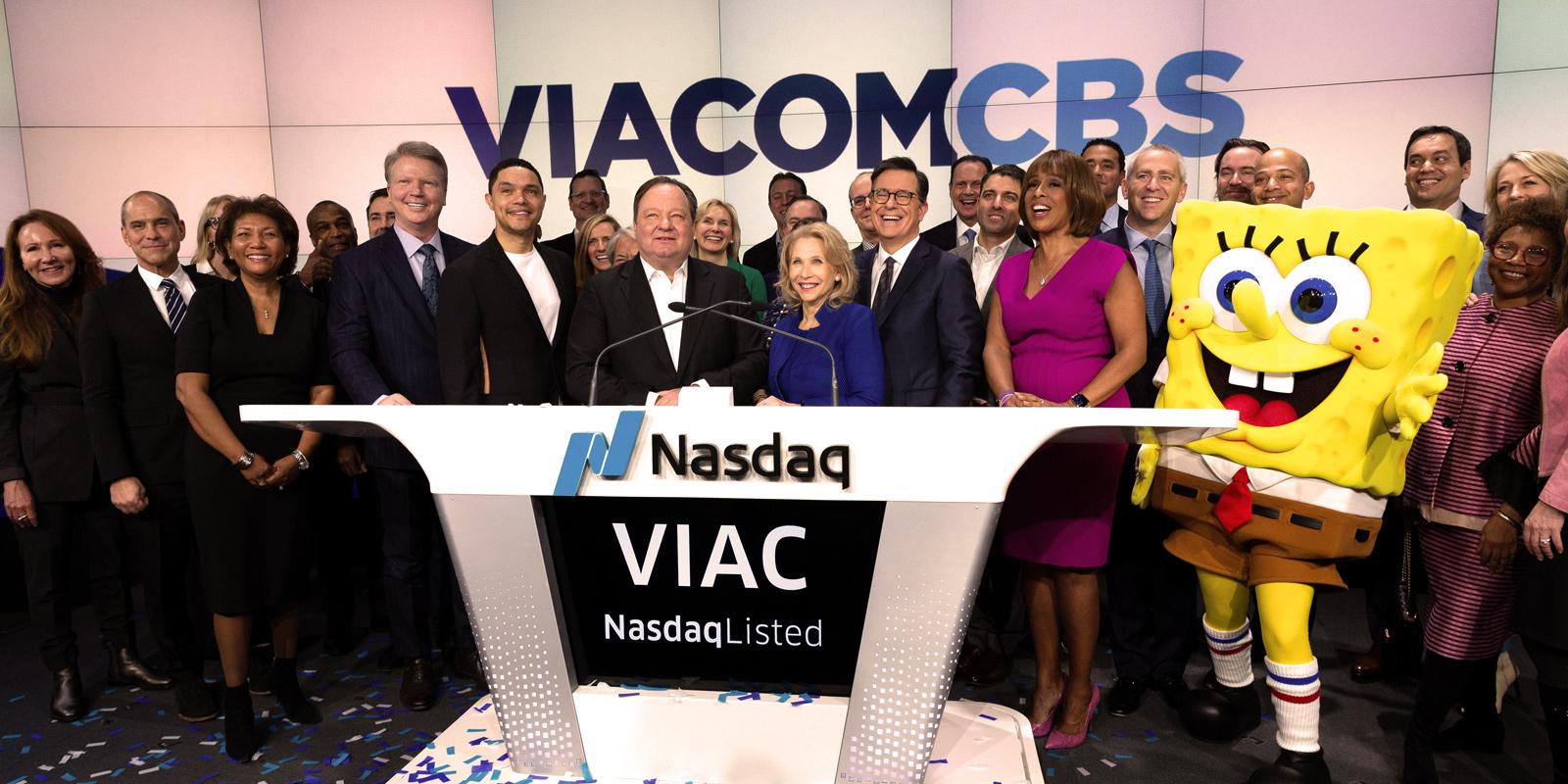
The mass media company Viacom split into two entities in 2006. The companies created from the spin-off were CBS Corporation — which also served as Viacom’s successor that solely focuses on broadcasting commercially — and Viacom Inc., which focuses on film and television. However, in 2019, the two spin-off companies merged once again to form ViacomCBS — the company is now known as Paramount Global.
10. Cheung Kong Holdings Spin-Off
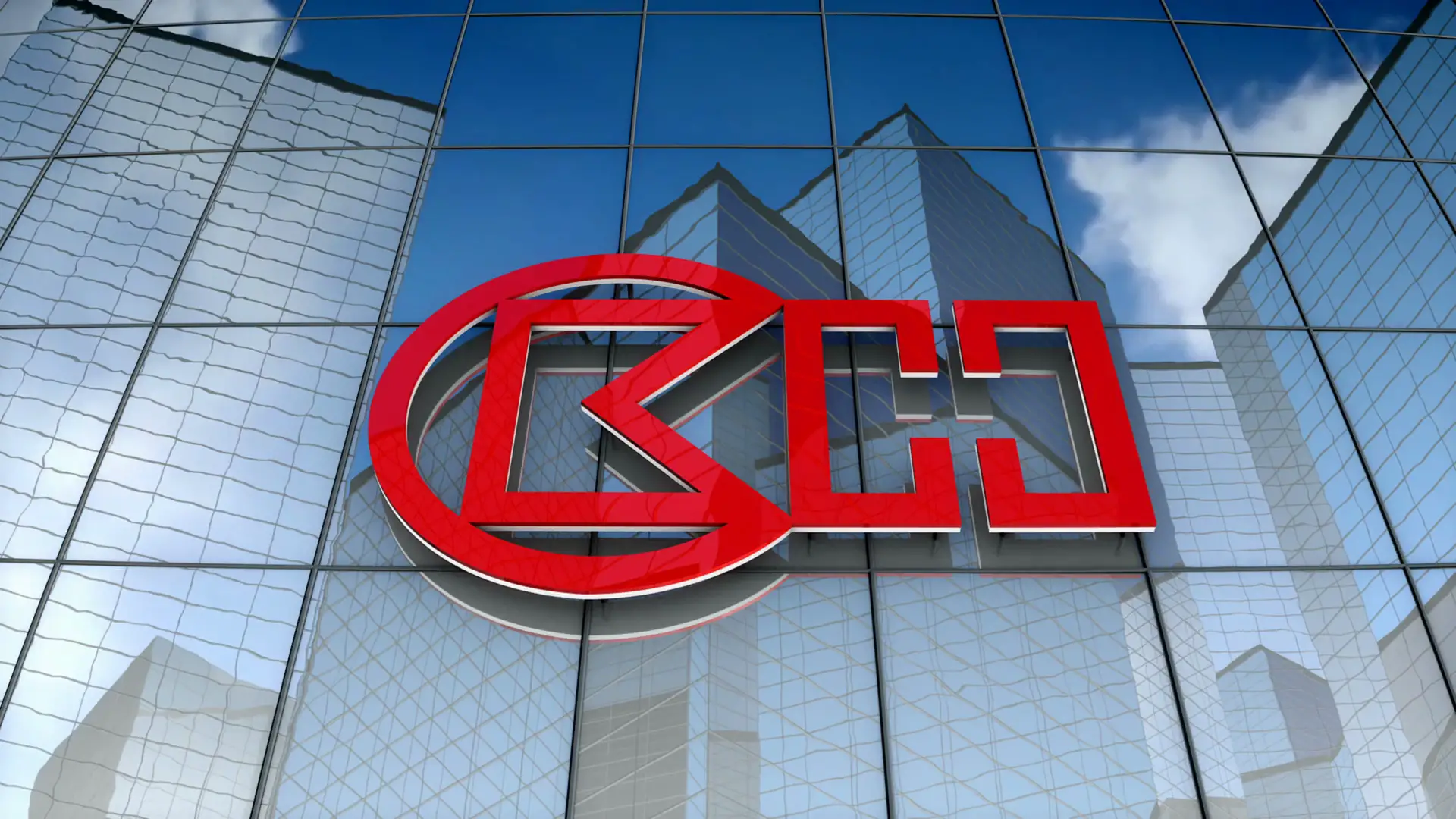
The story of how CK Hutchison came to be is quite an interesting one. Cheung Kong Holdings was known as one of the leading conglomerates in Hong Kong. In 2015, the company merged with its subsidiary, the investment company Hutchison Whampoa. This led to the creation of CK Hutchison Holdings. Furthermore, in 2021, the original Cheung Kong Holdings established a spin-off company of its property holdings business to create the entity now known as CK Asset Holdings.
9. Abbott Laboratories and AbbVie

The healthcare company Abbott Laboratories announced in 2013 that it was going to spin off its research-based pharmaceuticals business into a company called AbbVie. The move was Abbott’s strategy to make their businesses more specialized and capable of handling more services and customers all over the world. The spin-off company proved to be a success, with AbbVie totaling around $58.05 billion in generated revenue as of 2022.
8. Hewlett-Packard and Agilent Technologies
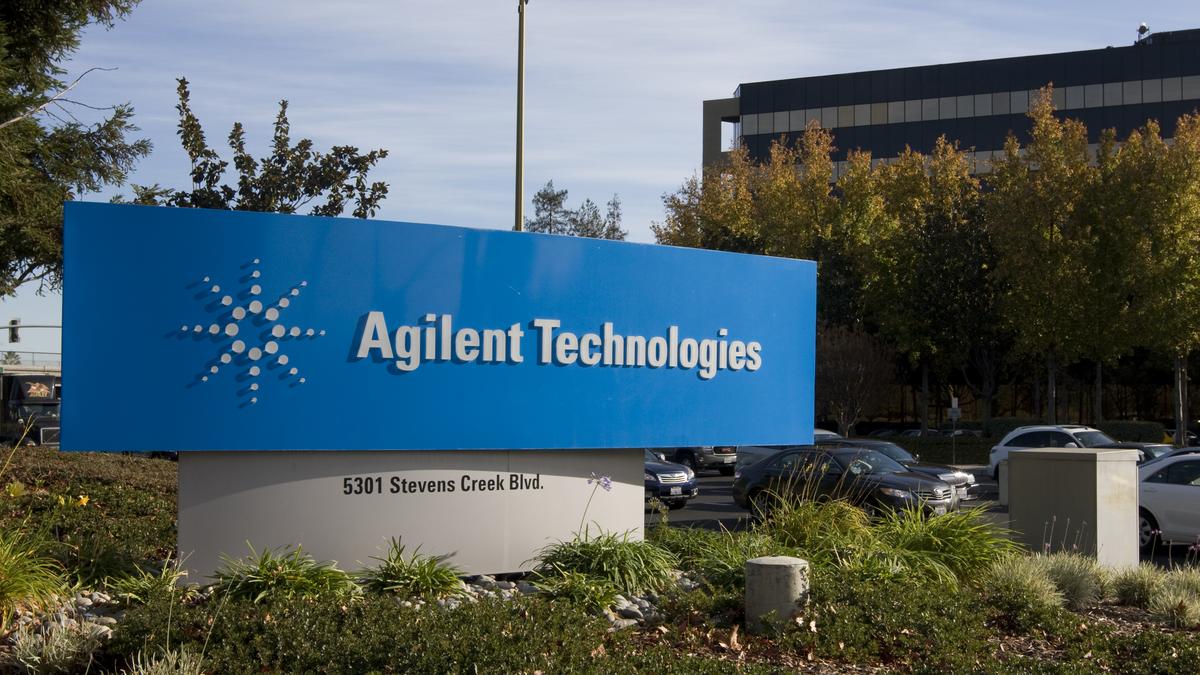
The IT supercompany Hewlett-Packard broke the news that it was going to create a spin-off company for its test and measurement instruments business named Agilent Technologies. While the news of the spin-off was big enough on its own, the move also broke records at the time since Agilent Technologies made the headlines as the largest IPO in the history of Silicon Valley, with over $2.1 billion raised.
7. Altria and Phillip Morris
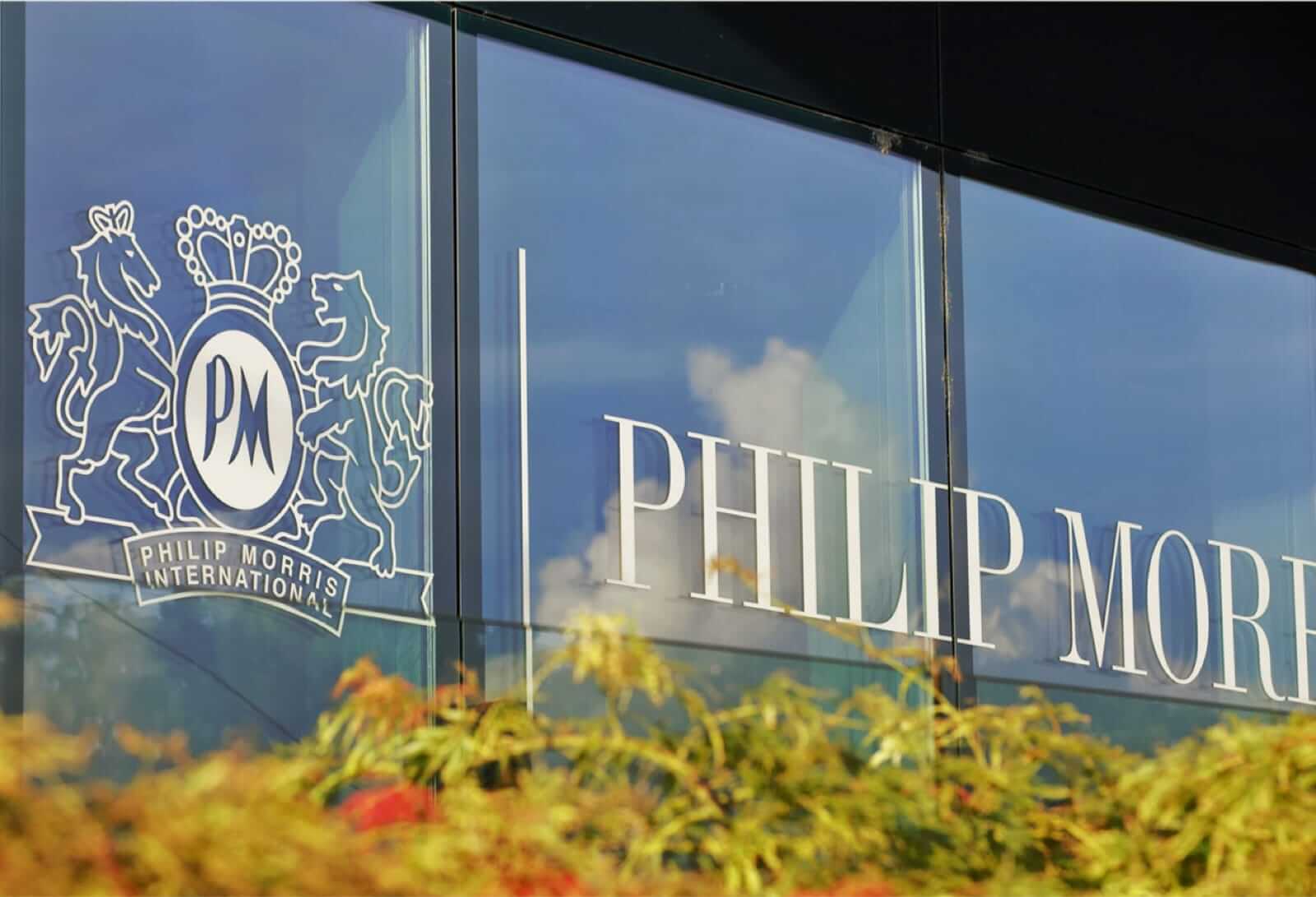
The spin-off move initiated by the tobacco business Altria Group directed toward its fellow tobacco component Philip Morris International was all over the headlines way back in 2007. To this day, the spin-off is still considered one of the largest in terms of value. Adjusted for current inflation rates, the price tag of the spin-off deal amounted to around $141 billion.
The split of the two companies was not only designed to increase sales and capture a larger portion of the market but also as a reaction to issues at the time, such as shareholder payouts and legal troubles such as smoking lawsuits. At the end of the day, the deal still holds records for being one of the biggest in corporate history.
6. BCE and Nortel

Bell Canada Enterprises, or BCE for short, goes on the record for being one of Canada’s largest holding companies. However, more records were broken when BCE announced it was spinning off its 39.2% interest in the telecom giant Nortel. BCE decided to push through with the spin-off for several reasons, such as that Nortel’s performance as a company was beginning to overwhelm its own operations in terms of value.
5. Mondelez International and Kraft Foods Group
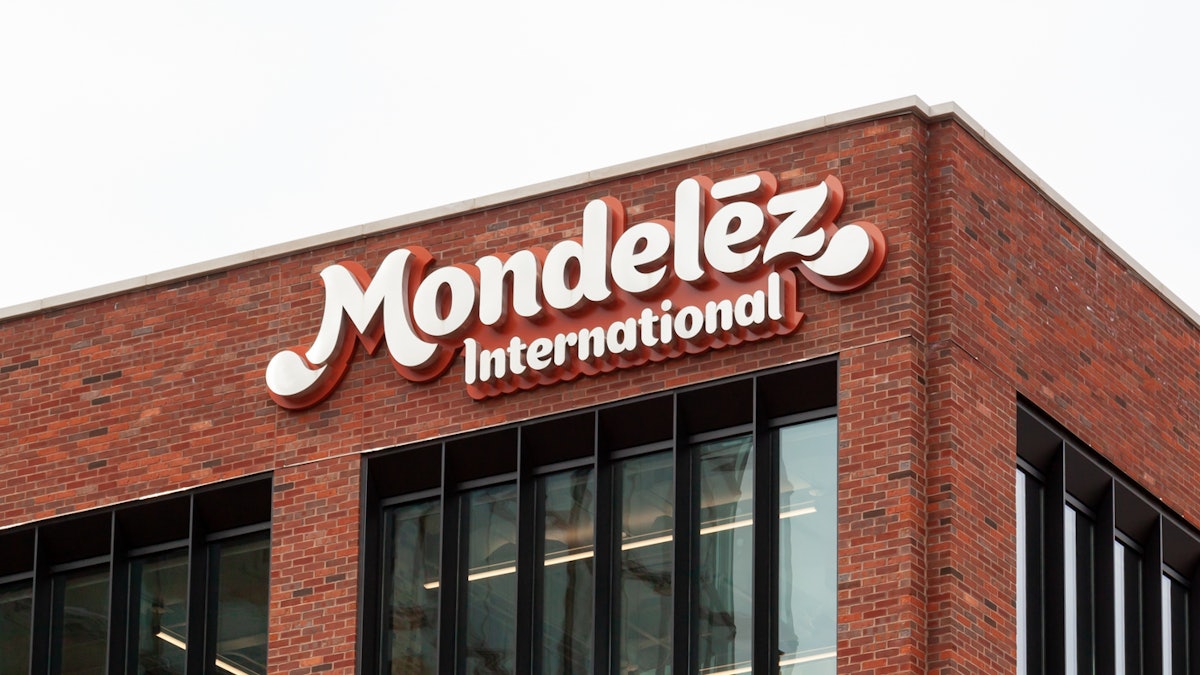
Mondelez International, the rebranded name of the food manufacturing giant Kraft Foods Inc., spun off its grocery business in the North American region to create the Kraft Foods Group. While there are several circumstances that people believe are the reason for the spin-off, analysts assume that the spin-off of Kraft Foods Group was due to different business models between Mondelez International and Kraft Foods Group.
Also, boosting sales and overall revenue was another reason that many think was the primary motivator for the creation of Kraft Foods Group. Since then, the Kraft Foods Group has merged with fellow food processing giant H.J. Heinz Company to create the iconic Kraft Heinz Company.
4. Honeywell International and AdvanSix

Honeywell International, the renowned manufacturer of aerospace parts in the United States, announced way back in 2016 that it was splitting off its Resins and Chemicals business into an independent company named AdvanSix.
Both companies will be given more freedom to conduct their operations accordingly. Nylon 6, a type of polymer resin used for a variety of products such as food packaging and sports equipment, will be manufactured primarily by AdvanSix.
Fortunately, the stock value of the businesses has only gone up since the split — with Honeywell averaging at a 66% increase and AdvanSix skyrocketing to a huge 182% yield.
3. eBay and PayPal
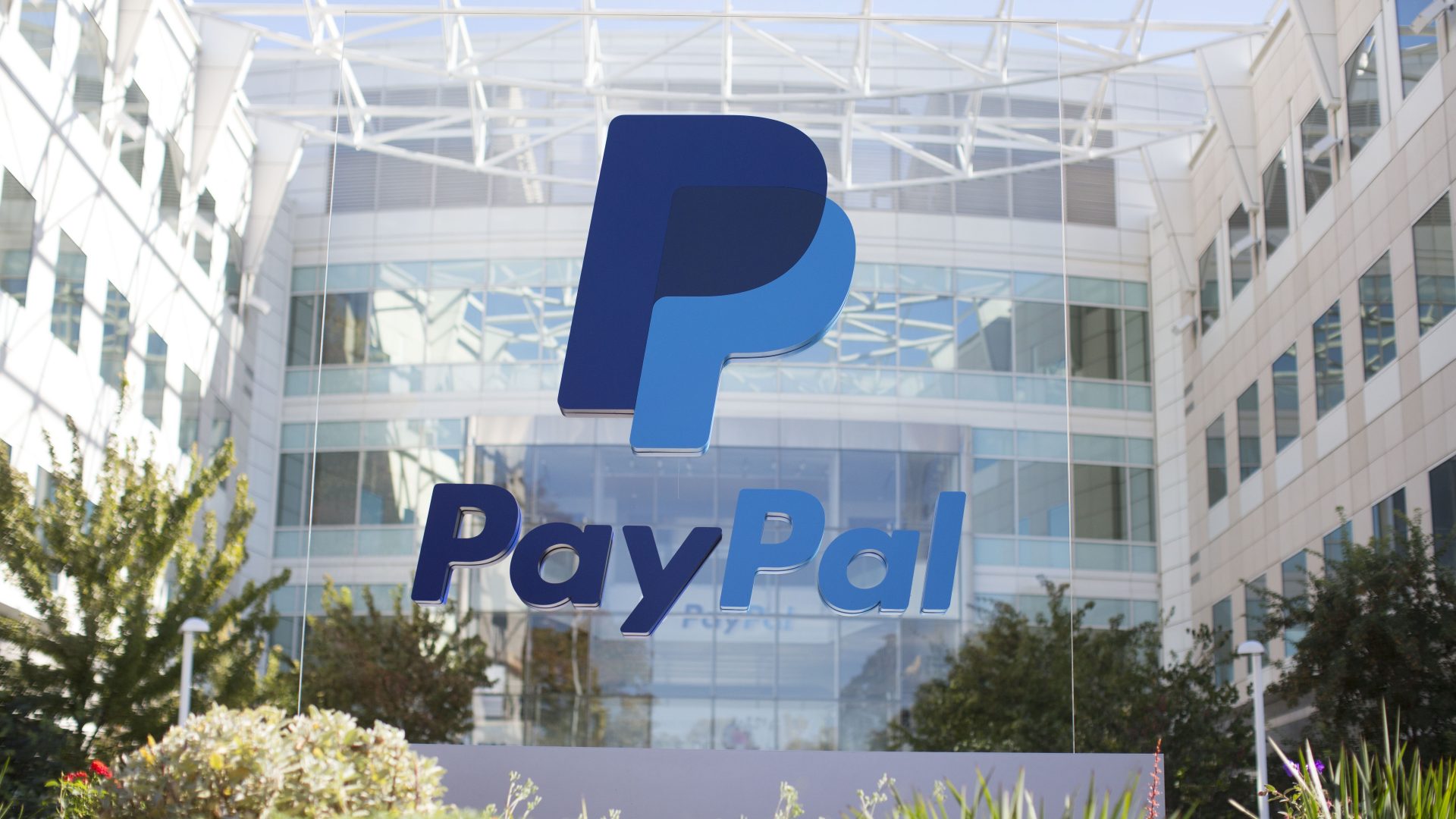
Way back in 2002, the financial technology company PayPal — which was owned by many prominent names such as the famous entrepreneur Elon Musk — was acquired by the similarly huge e-commerce company eBay.
When PayPal was acquired, the company underwent major shifts in its operations, with one of the biggest changes being the default payment method on the e-commerce website.
While this was the case, it did not stop the executives of eBay from spinning off PayPal to its own independent company in 2015. Since then, PayPal has retained its position as one of the leading digital payment companies in the world. In fact, in 2022, the shares of PayPal have risen by an astounding 92%.
2. Split of Bell System

The breakup of the Bell System — a network of telecommunication companies that dominated the American market until the 1980s — was one for the books. The major spin-off of this system had a significant impact on the telecom industry, one that would last until today.
Up until the breakup, the Bell System formed a monopoly over the market. However, the government stepped in to initiate a spin-off of this entity — and the creation of independent companies which would go on to be owned by major telecom players such as Verizon Communications, AT&T Inc., and Lumen Technologies.
One of the main causes of the Bell System’s breakup was an anti-trust lawsuit that was filed against AT&T. One of the resolutions brought about by this lawsuit was a proposal for AT&T to divest ownership of the company to the telecom owner Western Electric. Instead, AT&T proposed the breakup of the Bell System as a counter-offer against this proposal. And the rest was history.
1. DowDuPont Dissolves
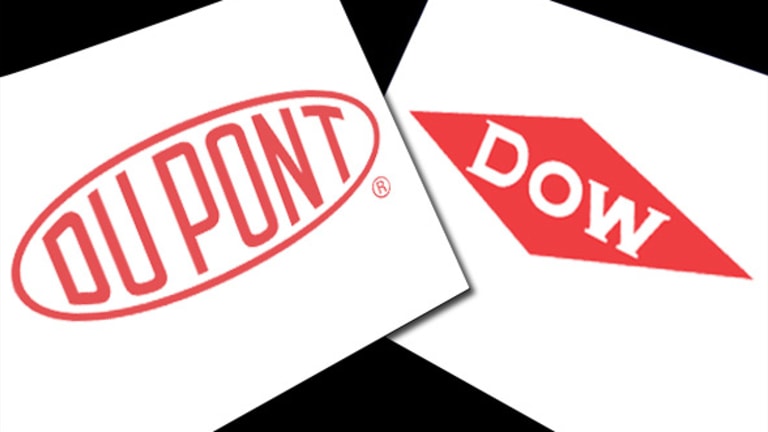
The conglomerate DowDuPont was a dominating presence in the chemicals industry. The company was first formed after a blockbuster merger worth $130 billion was made between the companies Dow Chemical and E. I. du Pont de Nemours. DowDuPont became one of the world’s largest chemical companies when it first opened its doors to the public.
However, just 18 months after the deal, the newly created DowDuPont was dissolved and spun off into three independent companies: DuPont, which will focus on specialty chemical products, Dow Inc., which will specialize in commodity chemicals; and Corteva, which will handle agricultural chemicals.
While there are several guesses as to why the company dissolved, the most compelling reason for the dissolution of DowDuPont boils down to the different styles of running the different fields of businesses concerned. In the long run, running the companies as separate and independent entities would be more manageable and less risky.
Currently, the spin-off companies seem to be doing relatively well. As of writing, Dow Inc. has a stock value of $55.33, DuPont sits at around $71.89, and Corteva is comfortably floating at around $61.

